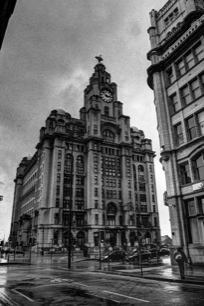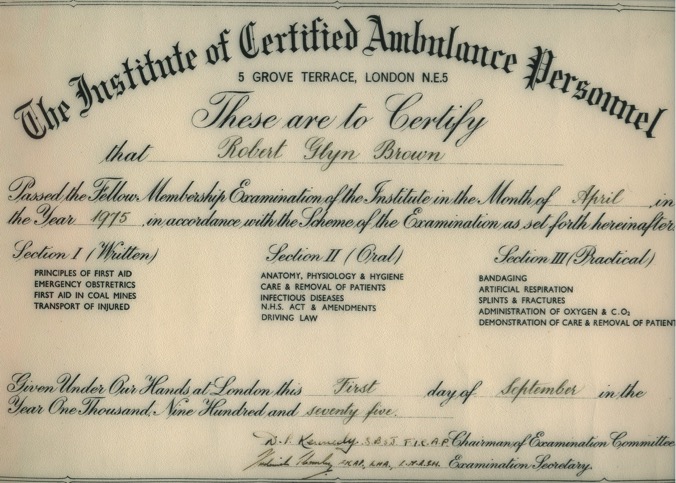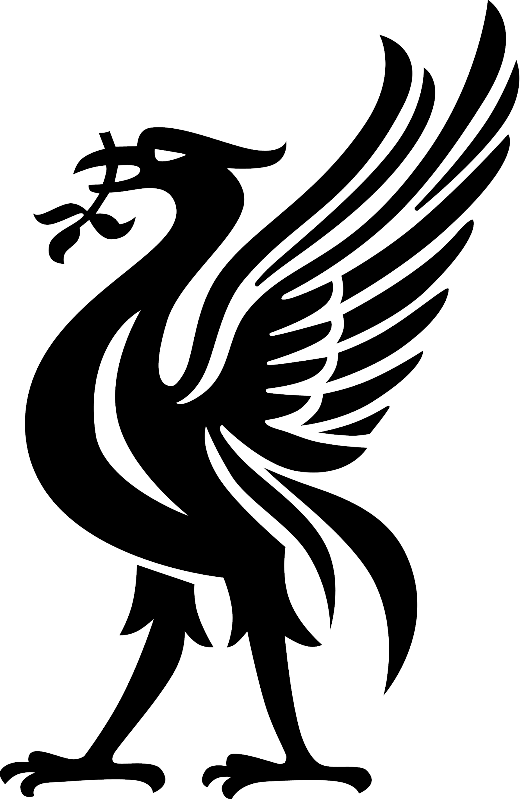Rows of back to back house covered in Mersey grime..Children playing skipping games and washing on the line
Liverpool Song lyrics

The formation of the City of Liverpool Ambulance Service in 1948 took place amidst a backdrop of a city recovering from the post war gloom. There were sights that have long gone with children playing on bomb sites, families reminiscing about loved ones lost in the war, women proudly scrubbing sandstone doorsteps, the cries of rag and bone men walking the streets and washing blowing on lines against a panorama of bomb damaged buildings and smoky chimneys. The German bombing campaign had destroyed over 6,500 homes but against this bleak backdrop the spirit of the people remained unbroken.
When responsibility was given to local authorities to form local ambulance services the City of Liverpool along with other neighbouring councils stepped up to the mark. Despite the post war gloom the city quickly got back to work and there was a great deal of optimism greatly helped by its new and strong links between its port and America.
1948: The Ambulance Services of Liverpool and its surrounding areas were: -
City of Liverpool Ambulance.
Bootle Borough Ambulance.
Lancashire County Ambulance.
Birkenhead Fire and Ambulance.
Wallasey Fire and Ambulance.
St. Helens Ambulance.
Cheshire County Ambulance.
Southport Fire and Ambulance.
Warrington County Borough Ambulance.
City of Chester Ambulance.
Penny in the Pound Ambulance.
Cross border boundaries were strictly observed and ambulances would not cross the territorial domains lightly. It is a fact that the comedian Ken Dodd’s house in the district of Knotty Ash was well recognised by ambulance staff as signifying the edge of the City of Liverpool.
In Liverpool a main ambulance transport hub was formed at the new Breckside Garage on Lower Breck Road with other ambulances finding stablemates in the form of fire appliances, buses and trams.
The focus and insights for the new civilian Ambulance Services was still that of transport. This was despite widespread experience and evidence as to the survival benefits of providing rapid pre-hospital care being gained in the battlefields of world war two. Ambulance Teams proudly set about building their new ambulance services armed with good transportation but with very basic first aid skills and equipment.
In 1948, originating in the South of England the Institute of Certified Ambulance Personnel (ICAP) was formed. This was a voluntary organisation, which brought doctors and ambulance men together in their quest for better training and equipment. The curriculum was relevant, forward thinking and importantly paid cognisance to the impact ambulance staff could make in the patients chain of survival. The course content covered a high level of anatomy and physiology, medical and trauma conditions, management of illness and injury, obstetrics and gynaecology, NHS Law and driving regulations. There were two awards levels of Associate and Fellow and driven by self study; Ambulance Training standards began to improve and their importance recognised.

In 1950 the ambulance equipment consisted of a stretcher, basic splinting packs, bandages and oxygen therapy. People started to appreciate the benefits of first aid and the new teams wanted better skills and equipment.
Without doubt, a signifiant and influencing factor in the development of the City of Liverpool Ambulance Service what that of the appointment of a new Chief Ambulance Officer in 1960 by the name of Albert Guinney. Albert started his career with the ambulance service in 1946 at Stretford where he was reached Station Officer rank before taking the role of Deputy Chief Ambulance Officer job in Liverpool in 1959. At the time of his appointment to Chief at the age of 36; Albert was the youngest Chief Officer in the Country and brought with him a vision and desire to change the ambulance service from being perceived as a transport agency to one that provided advanced pre-hospital care. As well as having the vision and desire to change Albert possessed a dynamic ability to effect change though influence and leadership and slowly but surely achieved his aim of making the service a true provider of pre-hospital care. Albert was awarded the OBE by the Queen in 1986 and retired in 1988.
